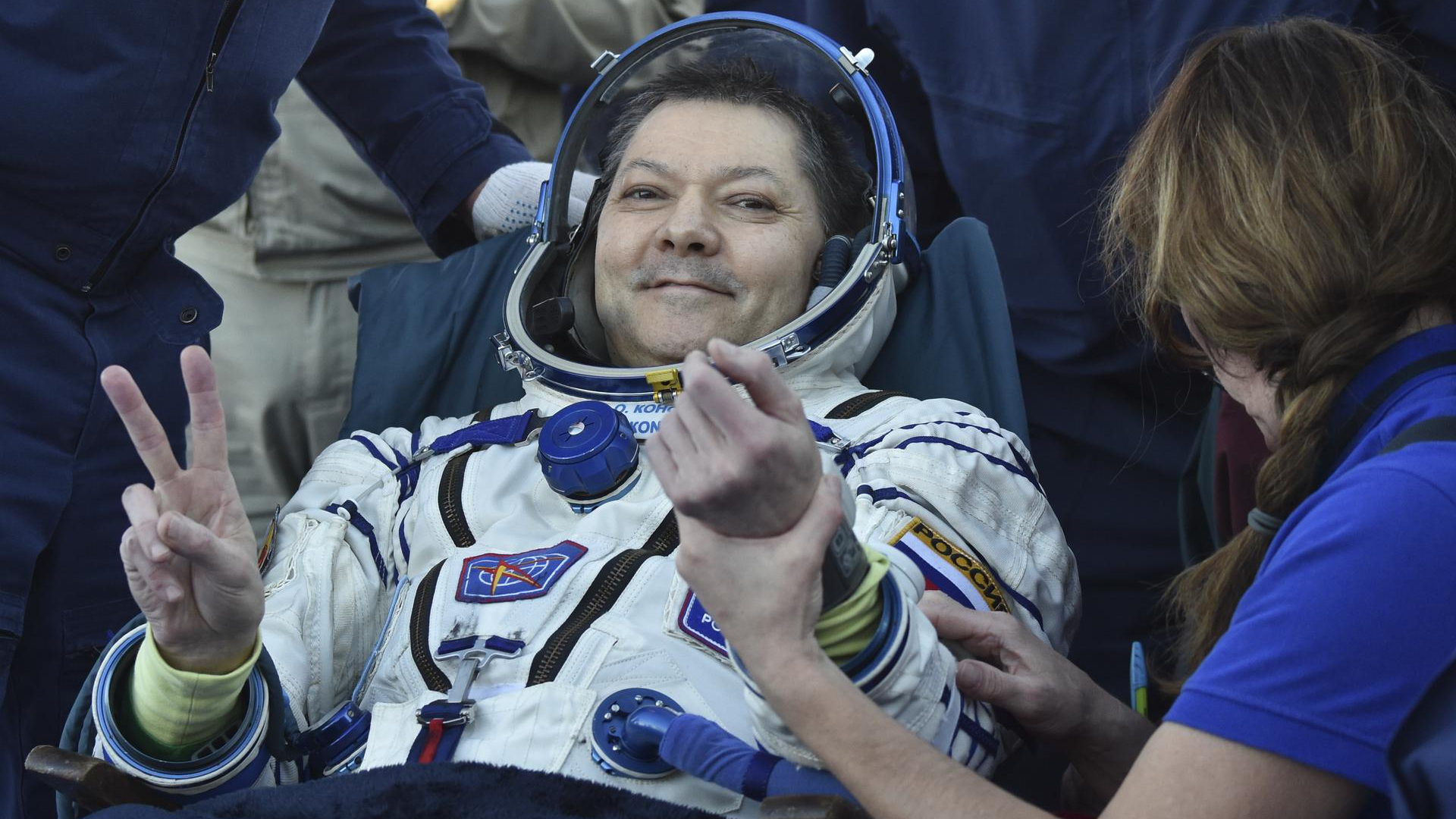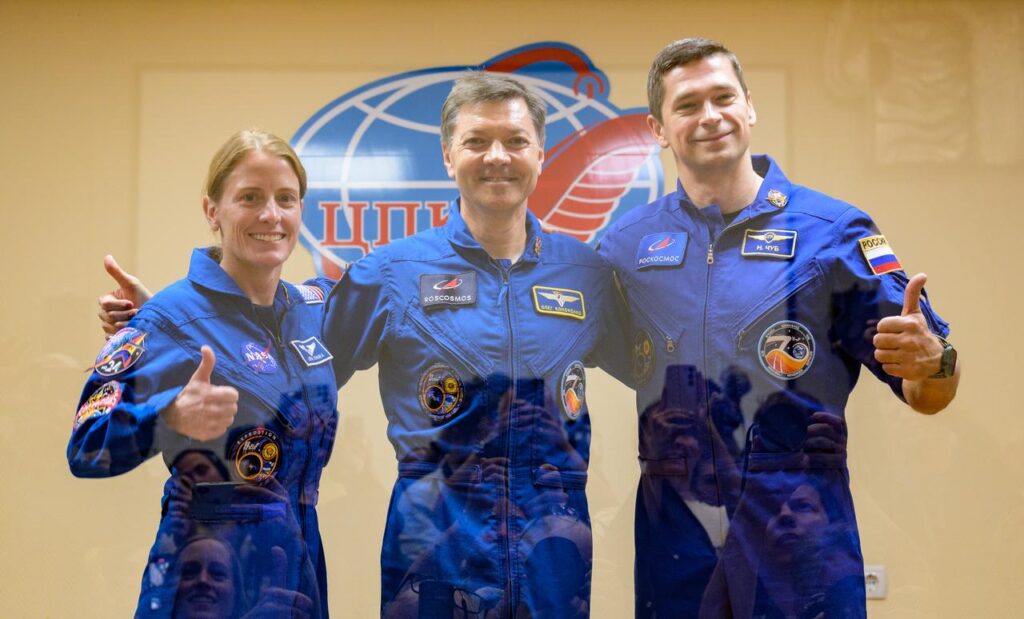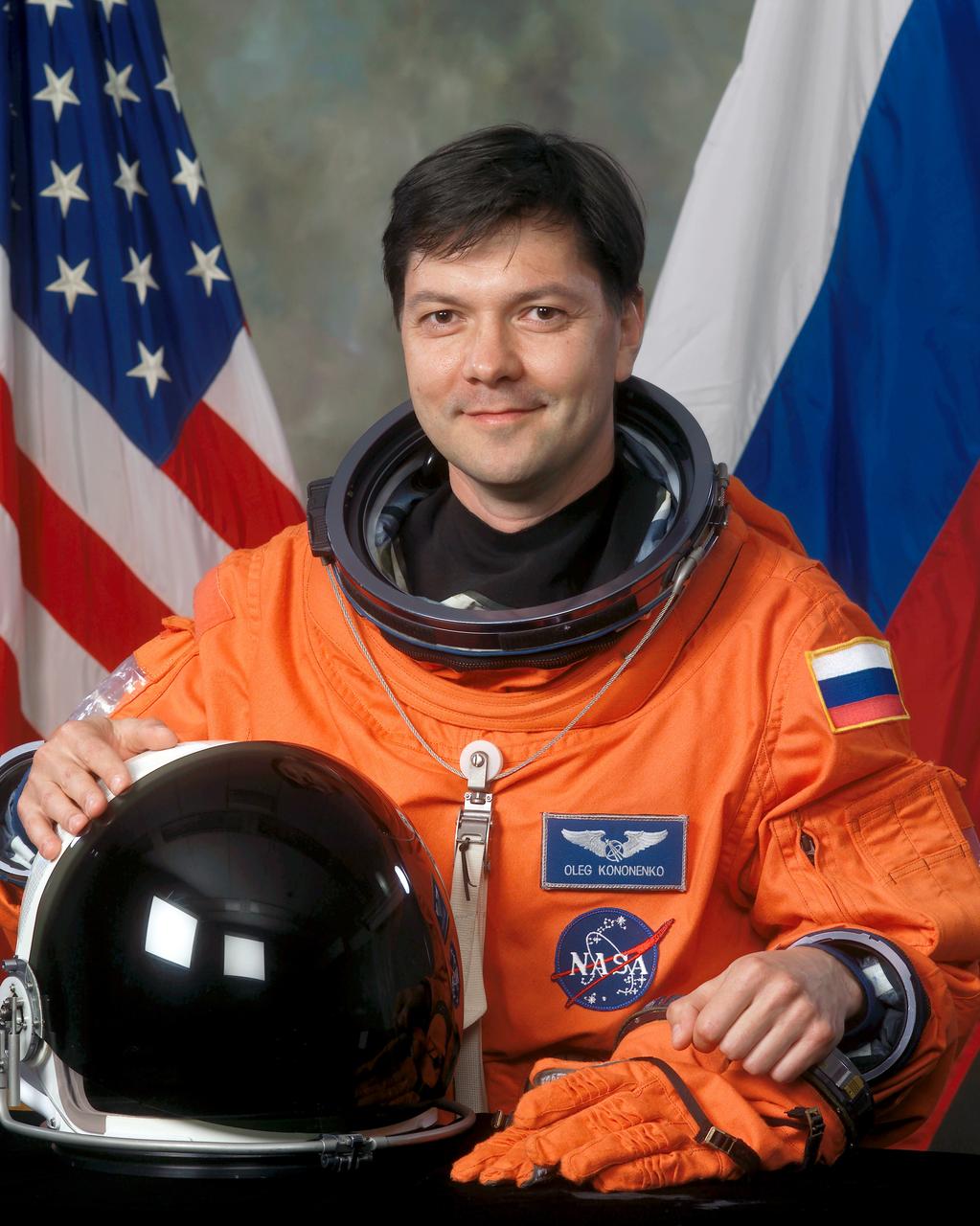 At the end of June, Oleg Kononenko celebrated his 61st birthday. And this creates a perfect opportunity to mention the Russian cosmonaut and milestones in space exploration he achieved, breaking several records of most time in space he set during his last mission.
At the end of June, Oleg Kononenko celebrated his 61st birthday. And this creates a perfect opportunity to mention the Russian cosmonaut and milestones in space exploration he achieved, breaking several records of most time in space he set during his last mission.
Oleg Dmitriyevich Kononenko (Олег Дмитриевич Кононенко) was born on 21st June 1964 in Chardzhou (now Türkmenabat in Turkmenistan).
In 1988, he graduated from the N. E. Zhukovskiy Kharkiv Aviation Institute and then started to work for the TsSKB-Progress company (currently known as Progress Space Centre) in Kuybishev. In March of 1996, Kononenko was selected as cosmonaut candidate.
His first space mission took place between March and October of 2008, within the Expedition 17 to the ISS. Over the next years, Kononenko flew to space three more times – from December 2011 to June 2012, then from June to December 2015 and from December 2018 to June 2019.
On 15th September 2023, Kononenko began his fifth space mission. He was launched on board of Soyuz MS-24 (Союз МС-24) spacecraft, together with cosmonaut Nikolai Chub and American engineer and NASA astronaut, Loral O´Hara. The MS-24 docked the International Space Station (ISS) and its crew, respectively, became members of the long-duration ISS expeditions 69/70 (O´Hara) and 69/70/71 (Kononenko and Chub).
On 4th February 2024, exactly at 11 hours, 30 minutes and 8 seconds of Moscow time (07:30:08 UTC), Kononenko broke the existing cumulative most-in-space record of 878.480 days, set by Gennady Ivanovich Padalka (Гeннадий Иванович Падалка) in 2015.
Nevertheless, it was just the beginning of the record-breaking series, as the Russian cosmonauts were assigned for a one-year-long mission onboard the ISS. On 25th February 2024, Kononenko became the first person in space exploration history to stay 900 cumulative days in space. In the following months he accumulated 1,000 and 1,100 days, on 4th June 2024 and 12th September 2024 respectively.
On 23rd September 2024, at 14:58:57 Moscow time (11:58:57 UTC), Oleg Kononenko returned to Earth on board of Soyuz MS-25 (Союз МС-25) spacecraft, after spending 373 days, 20 hours and 14 minutes in space.

In consequence, after his participation in five ISS missions between 2008 and 2024, Oleg Kononenko became the world record holder for most time spent in space, achieving almost 1,111 days – 1,110 days, 14 hours and 58 minutes (1110.623 space days), to be exact.
Apart from the abovementioned total spaceflight duration time, Oleg Kononenko performed seven extravehicular activities (EVA), commonly called ´spacewalks´, and spent a total of 44 hours and 30 minutes in the outer space. This achievement placed him in 23rd place on a list of cumulative spacewalk records in history.
It should be emphasized that Kononenko´s achievement is not only a mere statistic record but also has significant importance for future missions, bringing new information about effects of long-term staying in space on the human body.
At the moment, for over than 630 cosmonauts and astronauts who ever reached Earth orbit, only 61 spent cumulatively more than one year is space. However, if the bar is risen higher, there are only six people who accumulated more than two years in space.
An American astronaut, Peggy Whitson, is the highest-ranked woman on that list, with more than 680 space days clocked so far, and still counting. She is also the woman with most hours spent outside the spacecraft, performing so far ten spacewalks with a total time of 60 hours and 21 minutes.
Valeri Vladimirovich Polyakov (Валерий Владимирович Поляков) is still the holder of the longest human spaceflight in history. He was launched on 8th January 1994 and – spending more than a year onboard Mir space station – returned to Earth on 22nd March 1995, after 437.7 days spent in space.
It should, however, be noted that the future human mission to Mars, which for a long time is a subject of much speculation, is expected to last 2.5 – 3 years round trip. More than two times longer than Polyakov´s flight and approximately the time Kononenko spent in space during his career. Nevertheless, both were staying on orbit, being protected by the Earth´s magnetosphere – unlike the future travellers to Mars. The issue how to prevent the Mars mission crew from radiation is still widely discussed but, so far, no solution was found.

Cover photo: Oleg Kononenko is seen outside the Soyuz MS-25 spacecraft after he landed with Roscosmos cosmonaut Nikolai Chub, and NASA astronaut Tracy C. Dyson, in a remote area near the town of Zhezkazgan, Kazakhstan on Monday, Sept. 23, 2024. (NASA/GCTC/Pavel Shvets, NHQ202409230020).
Information from NASA and Roscosmos press releases were used. All photos © National Aeronautics and Space Administration.



